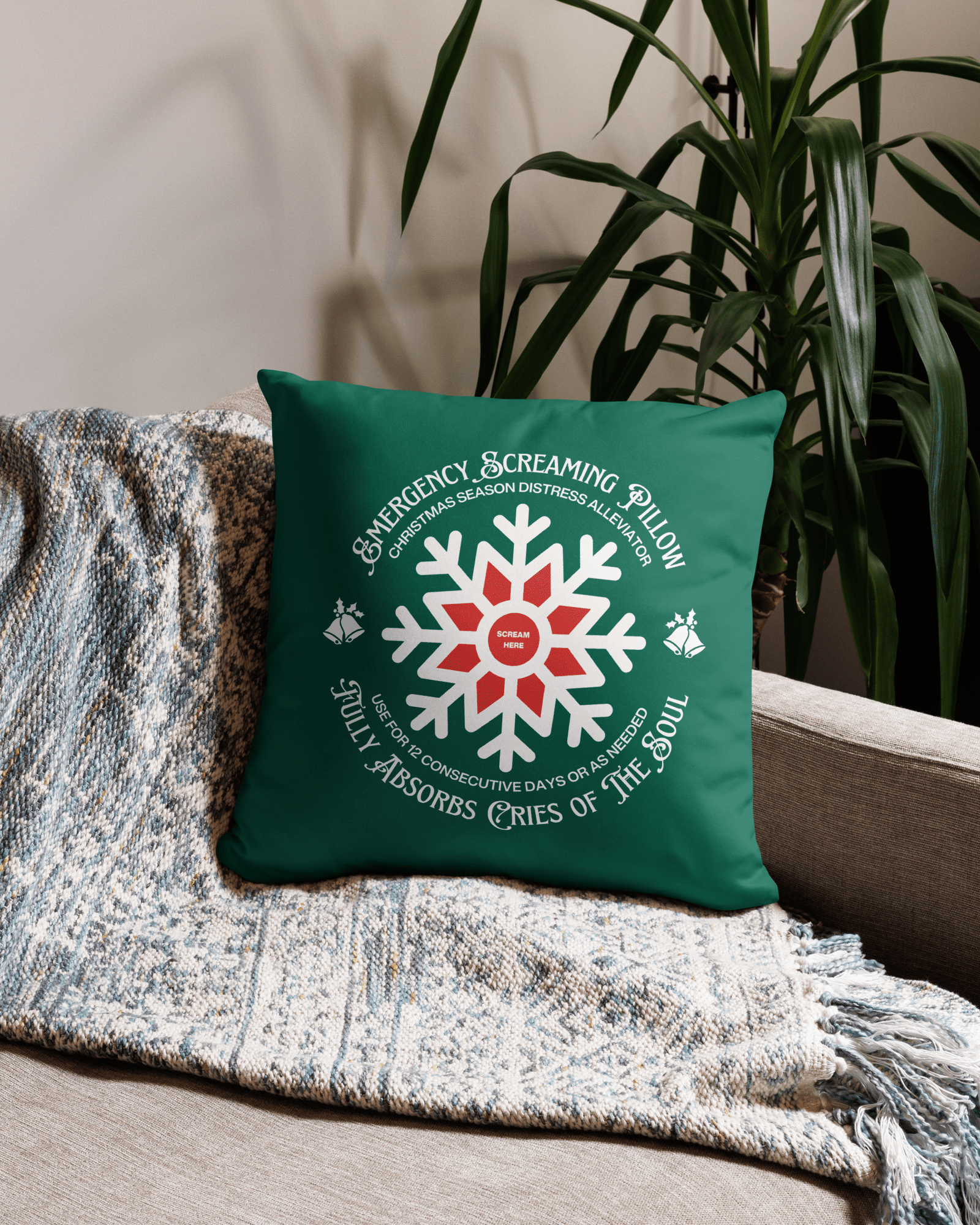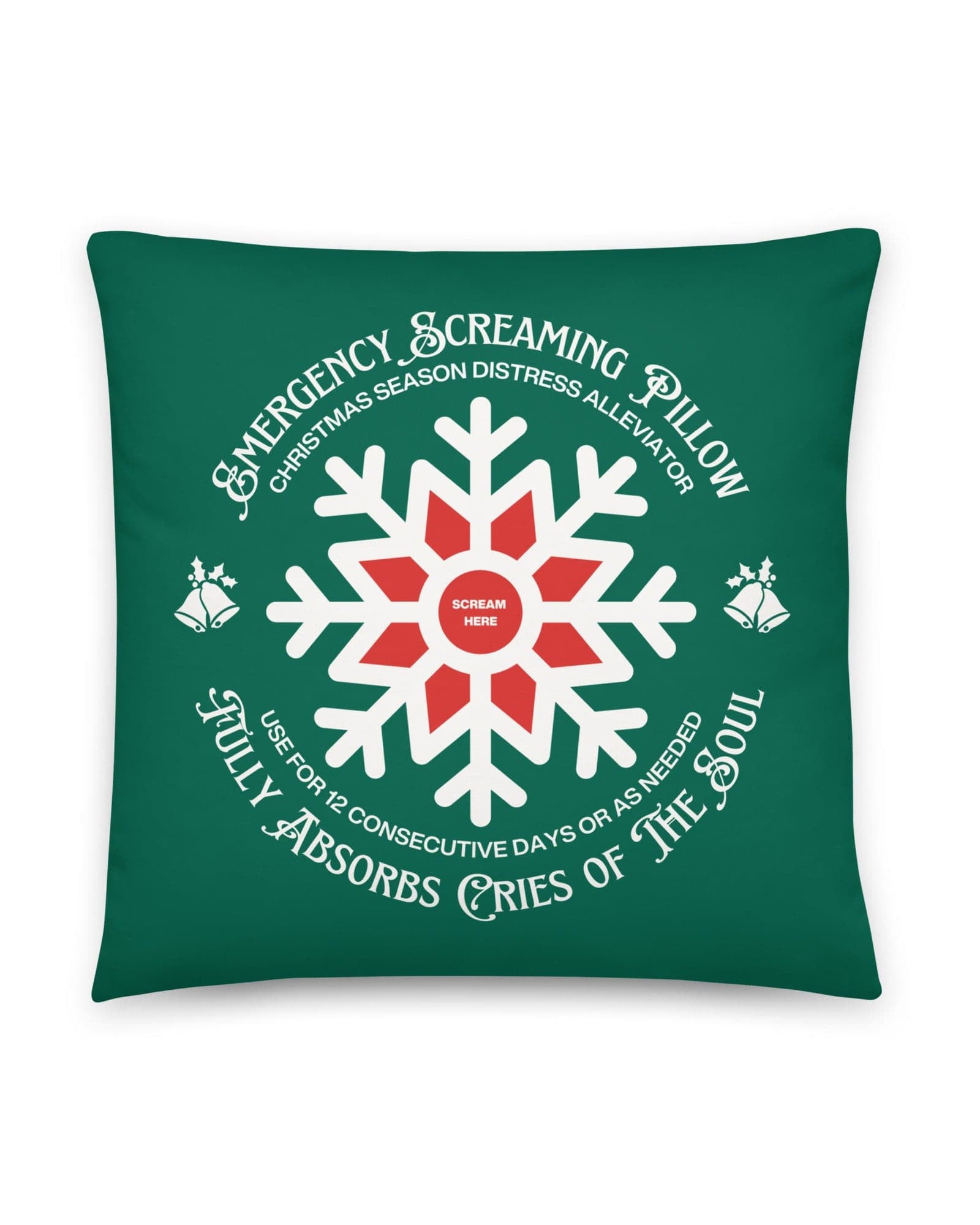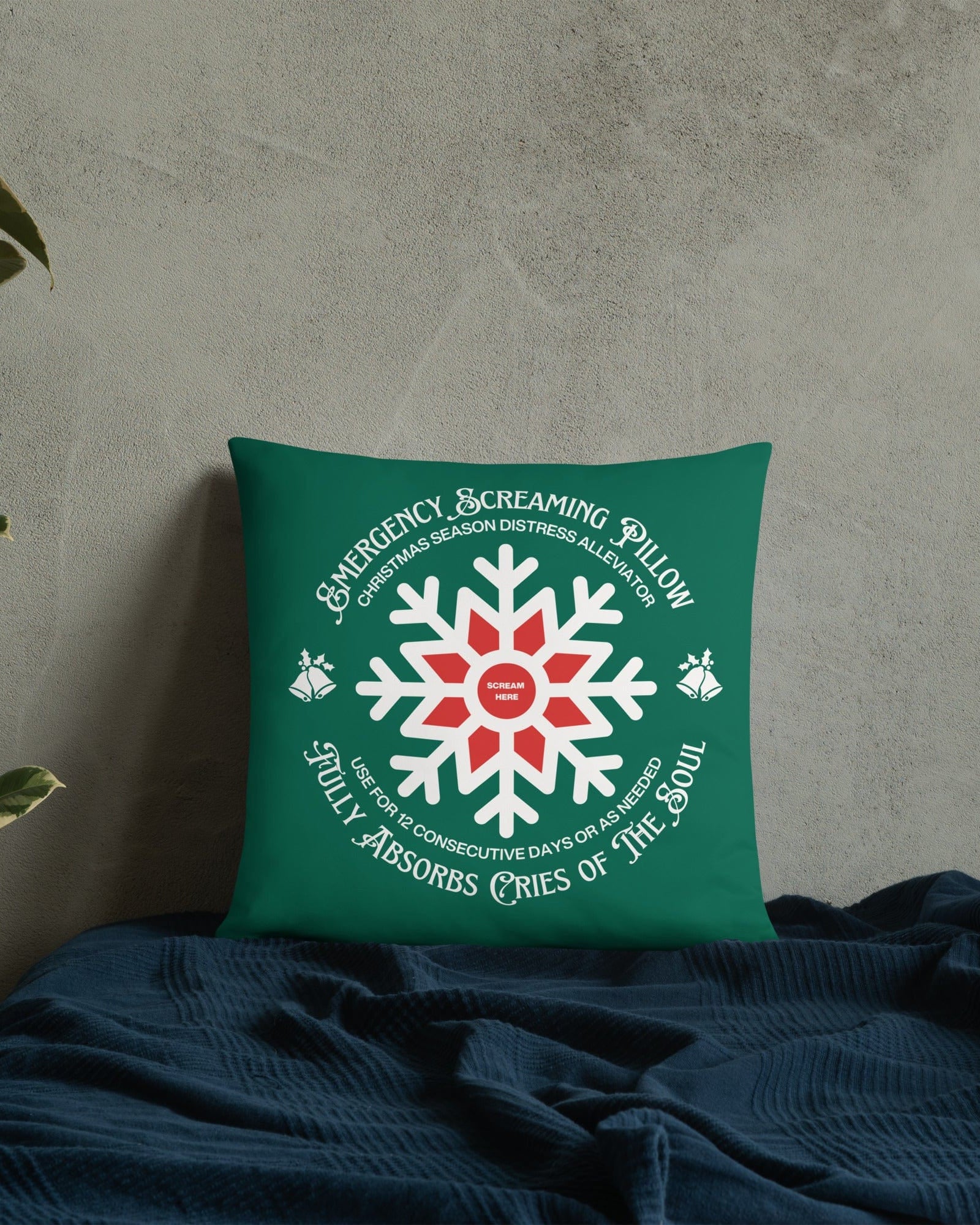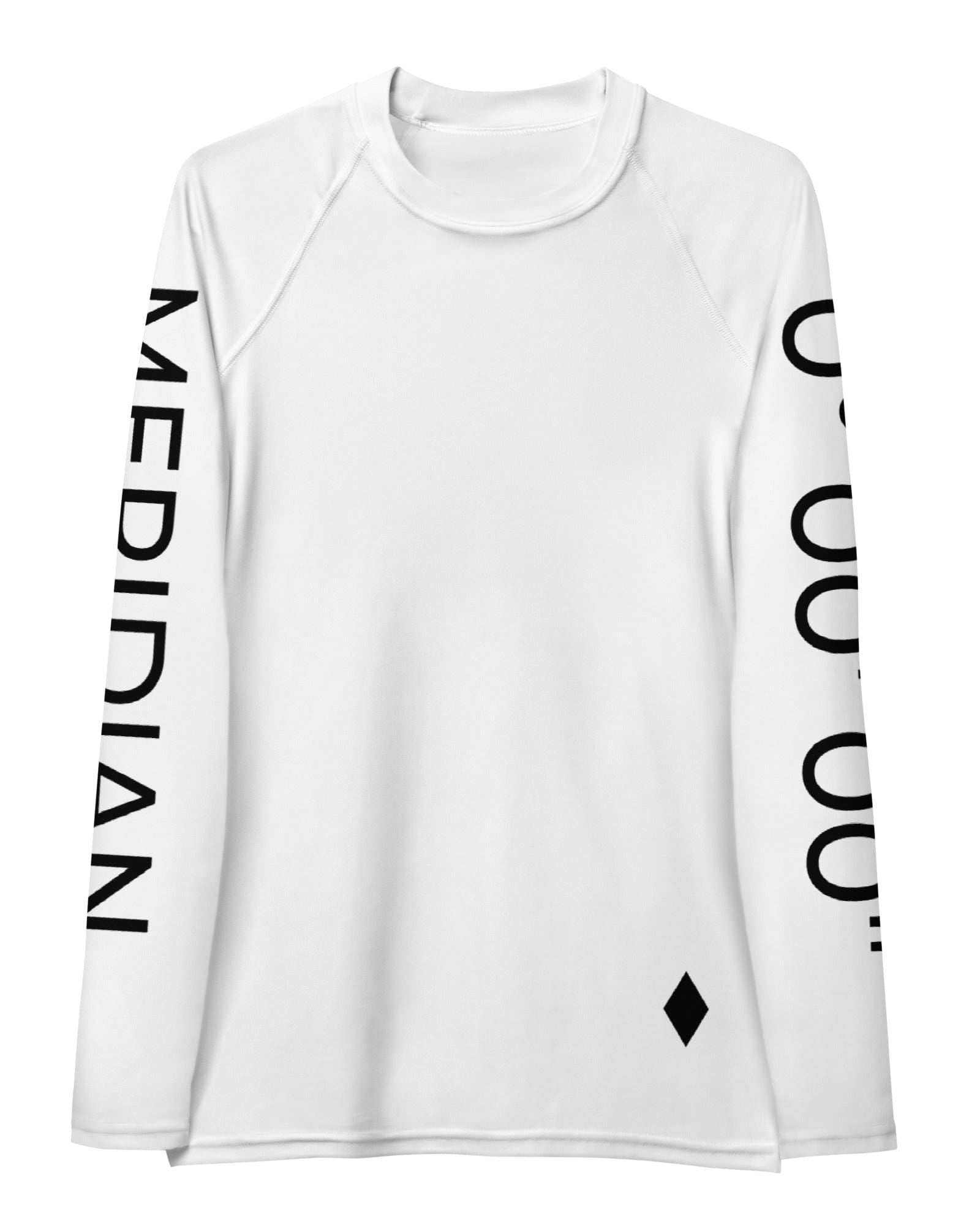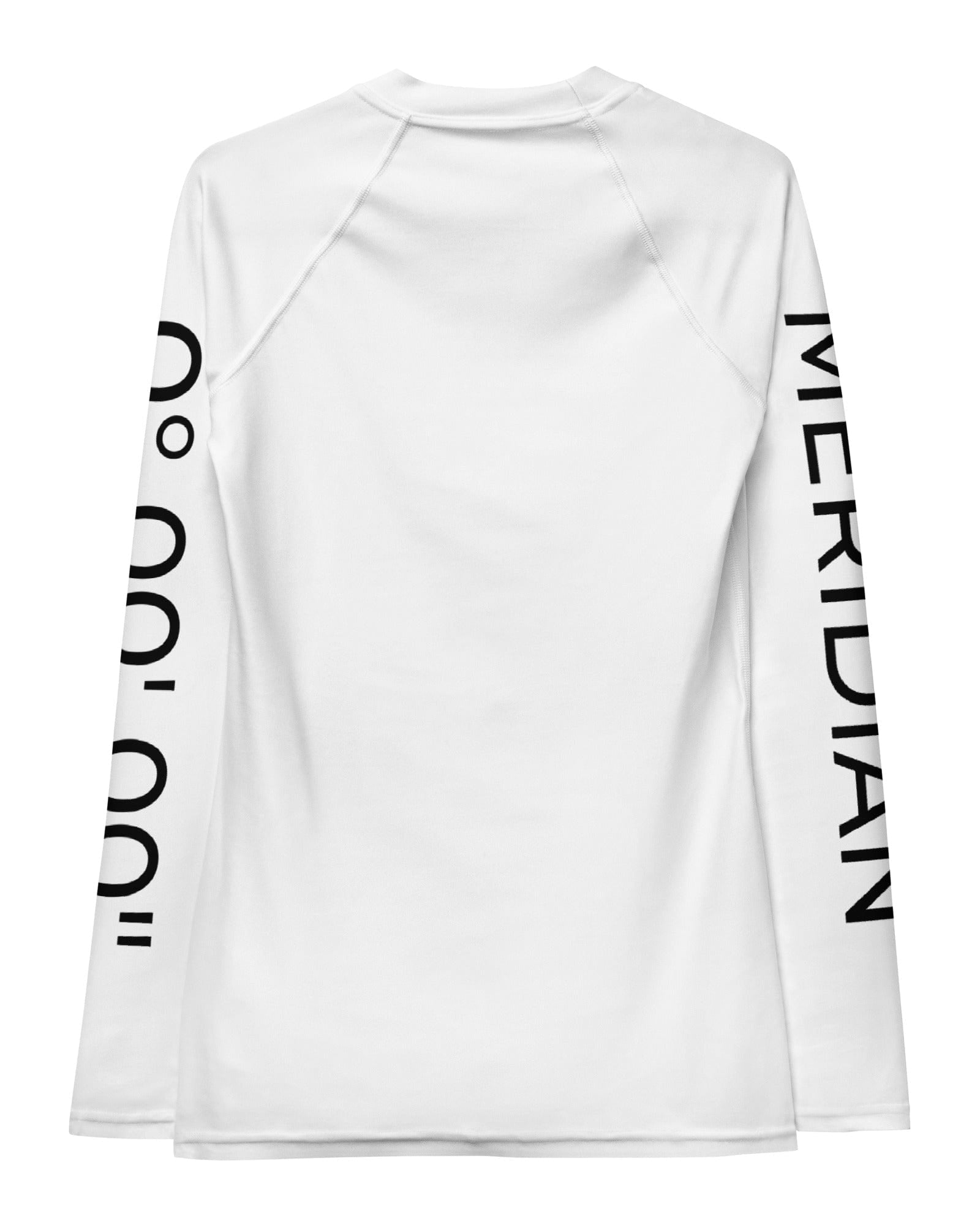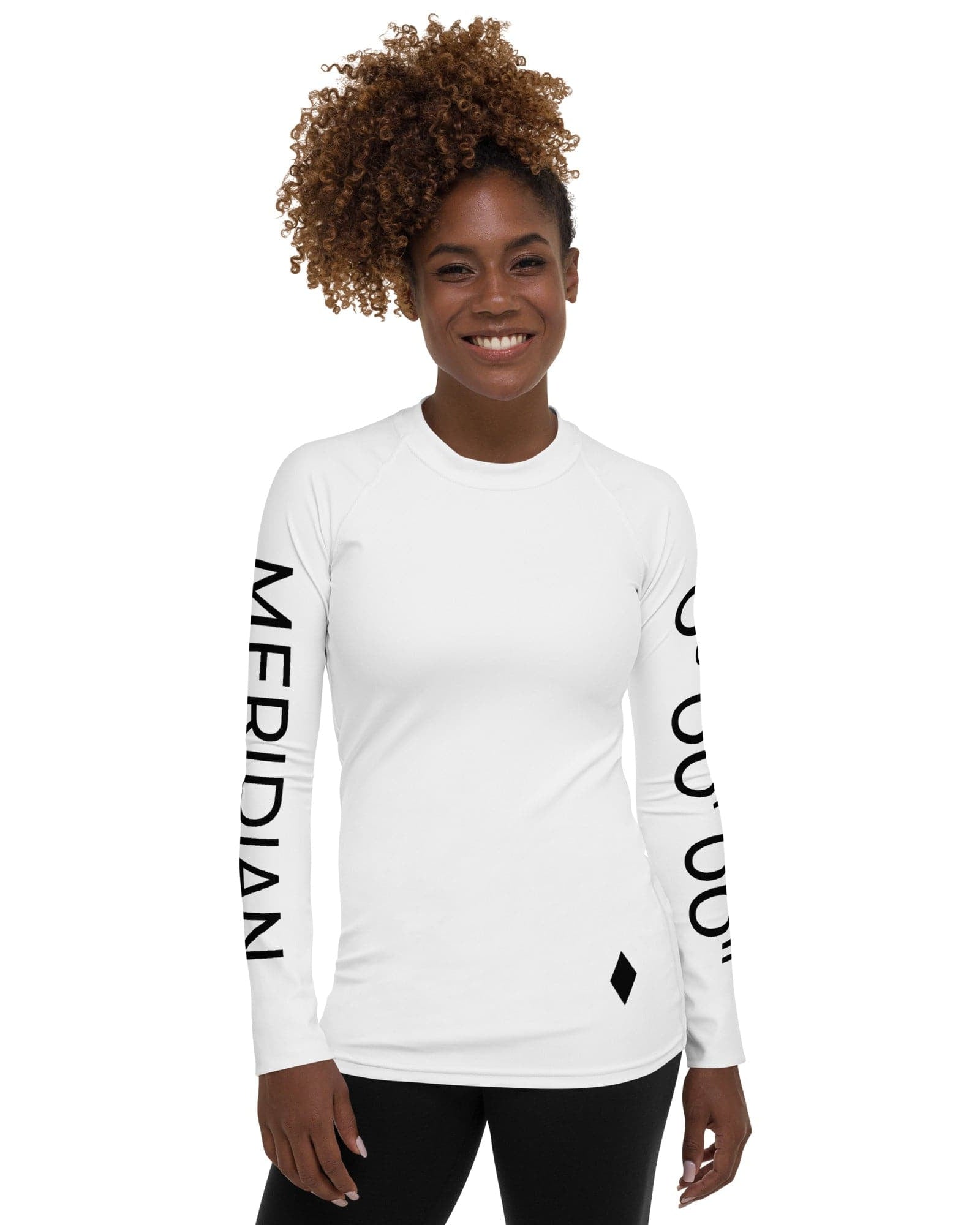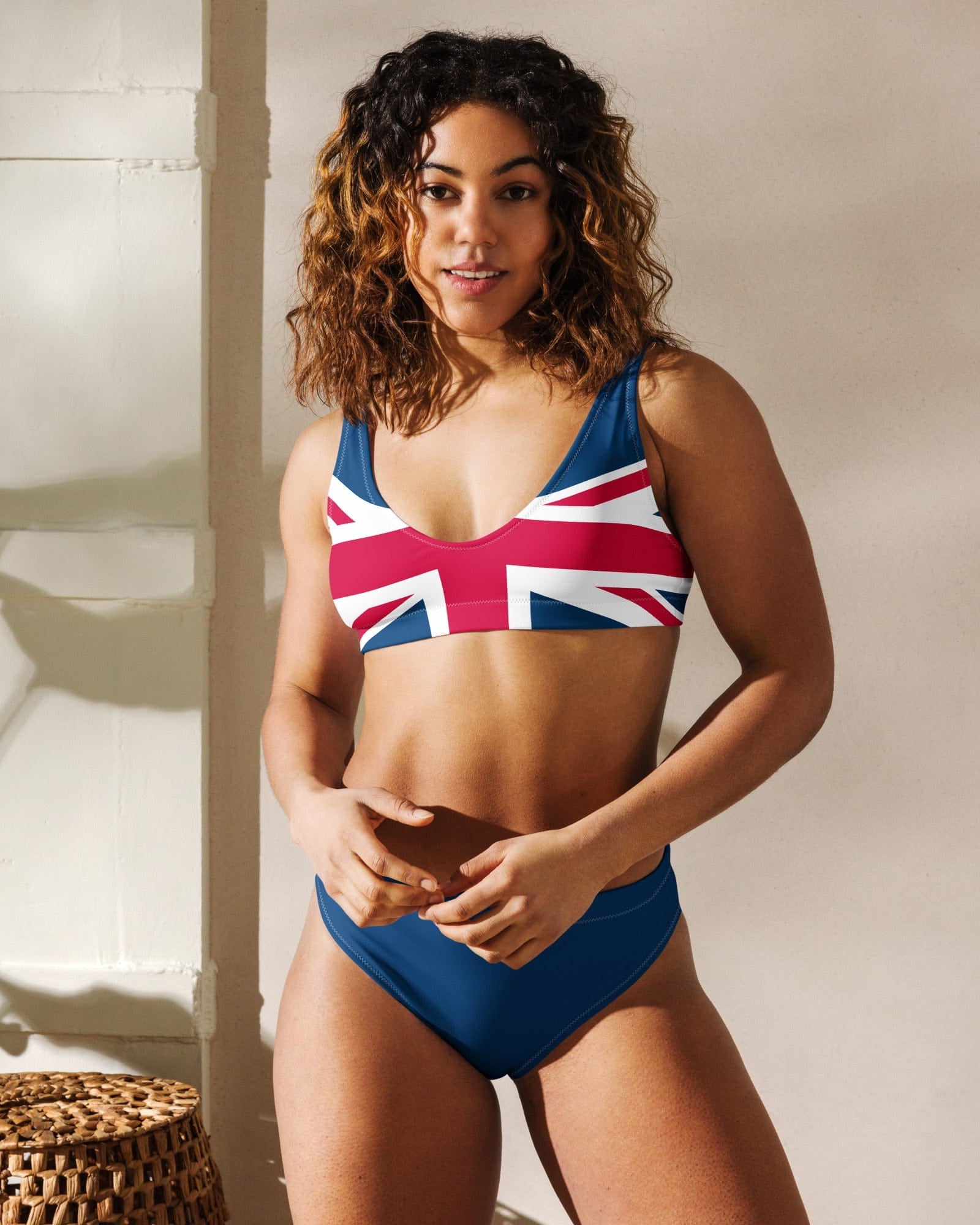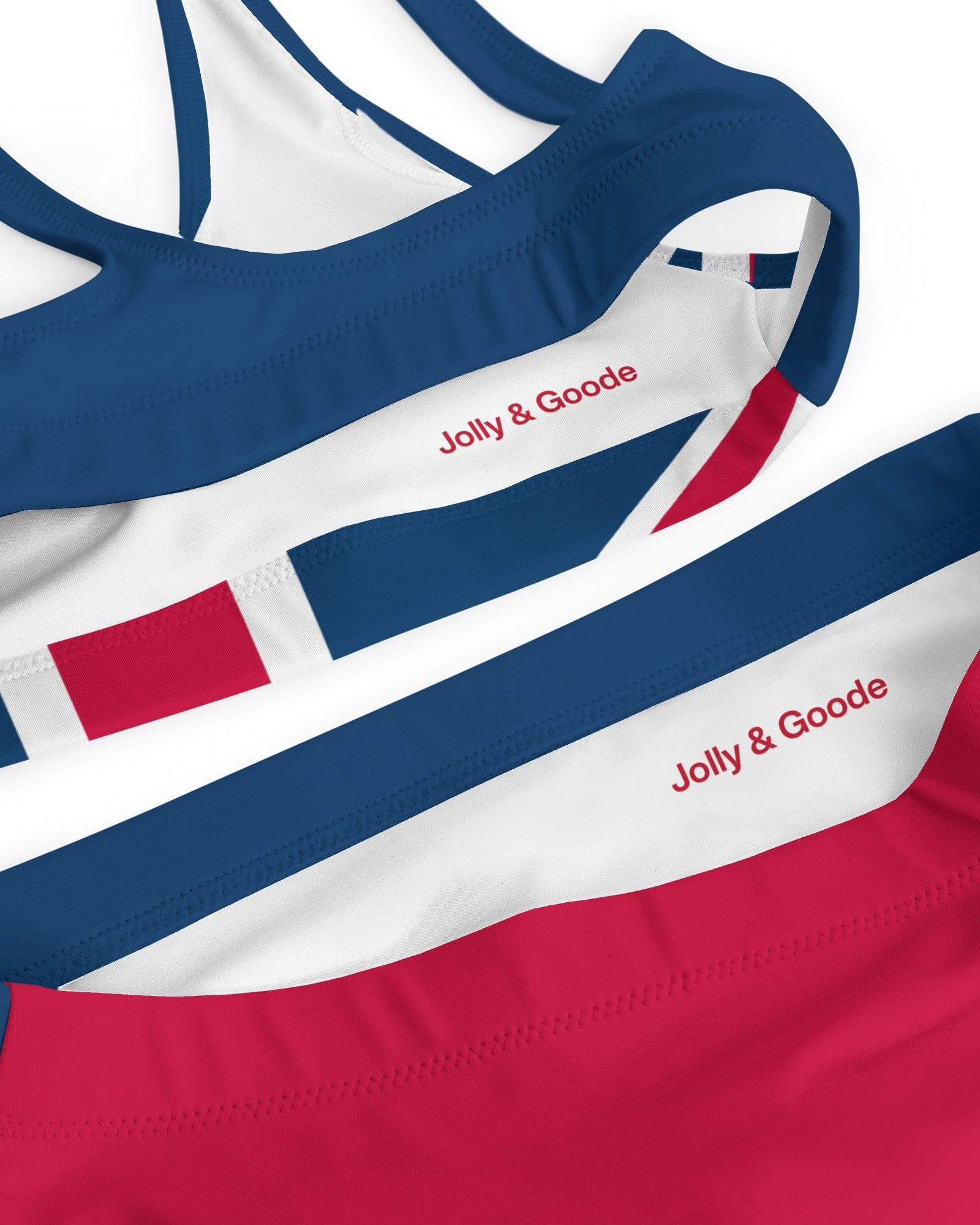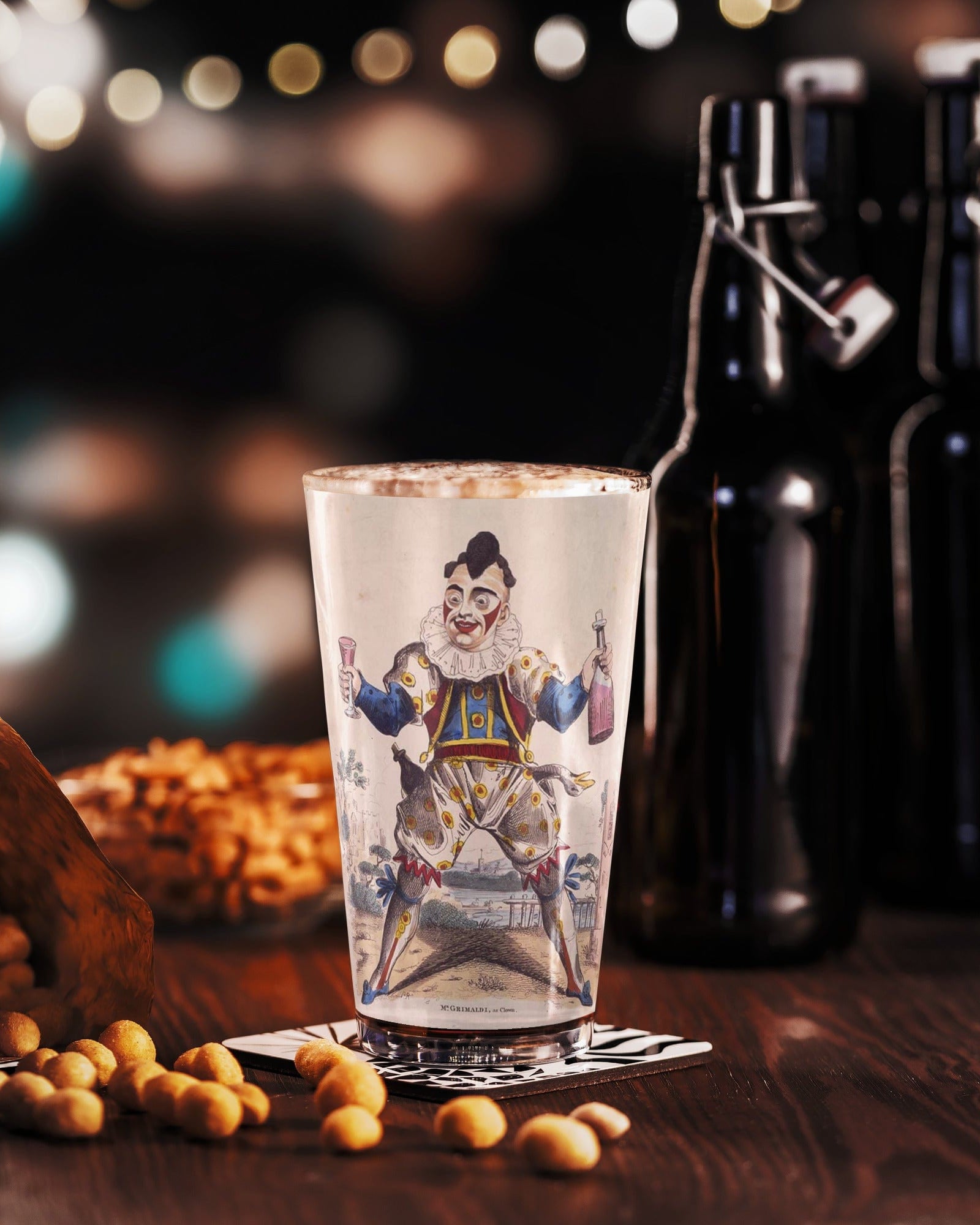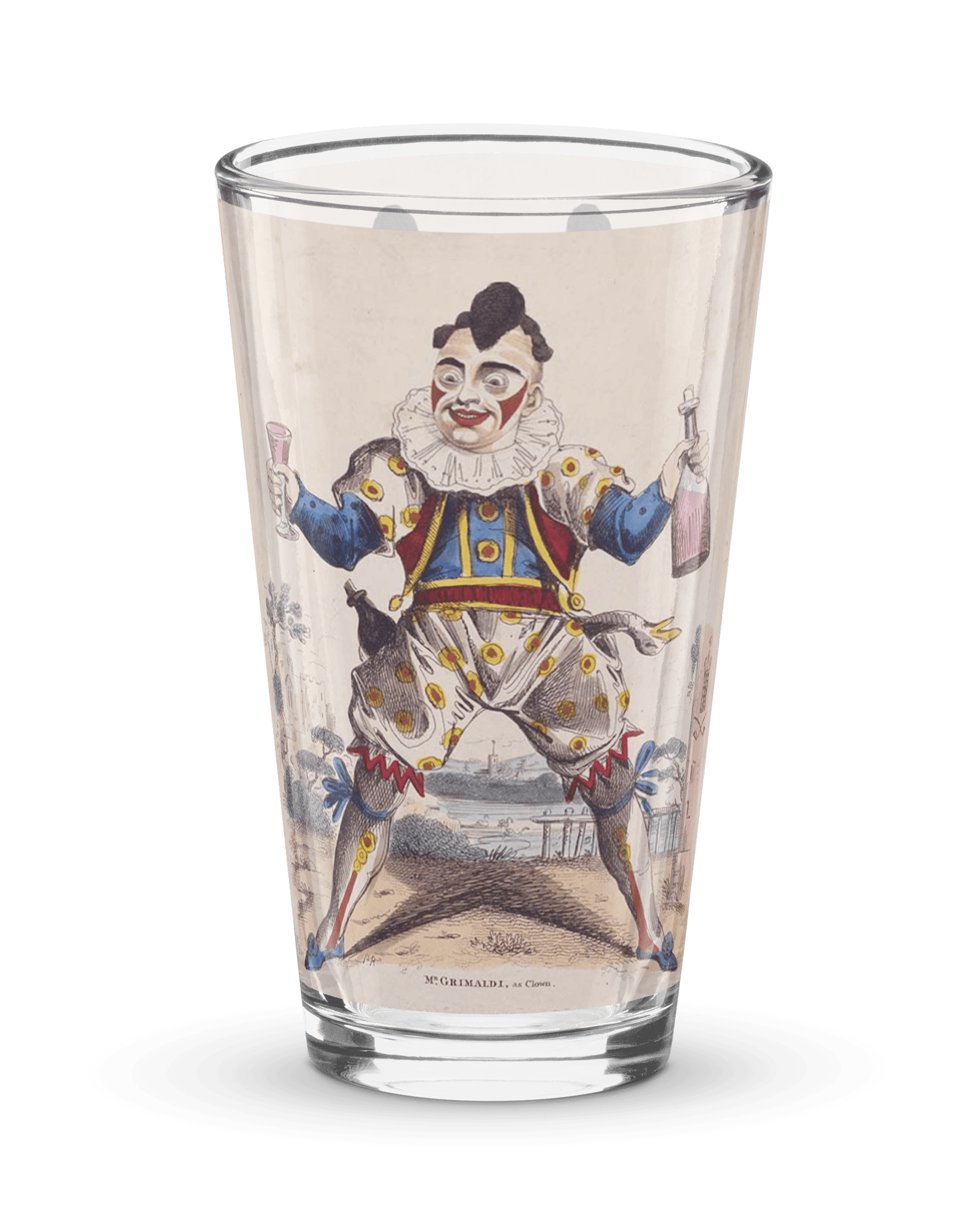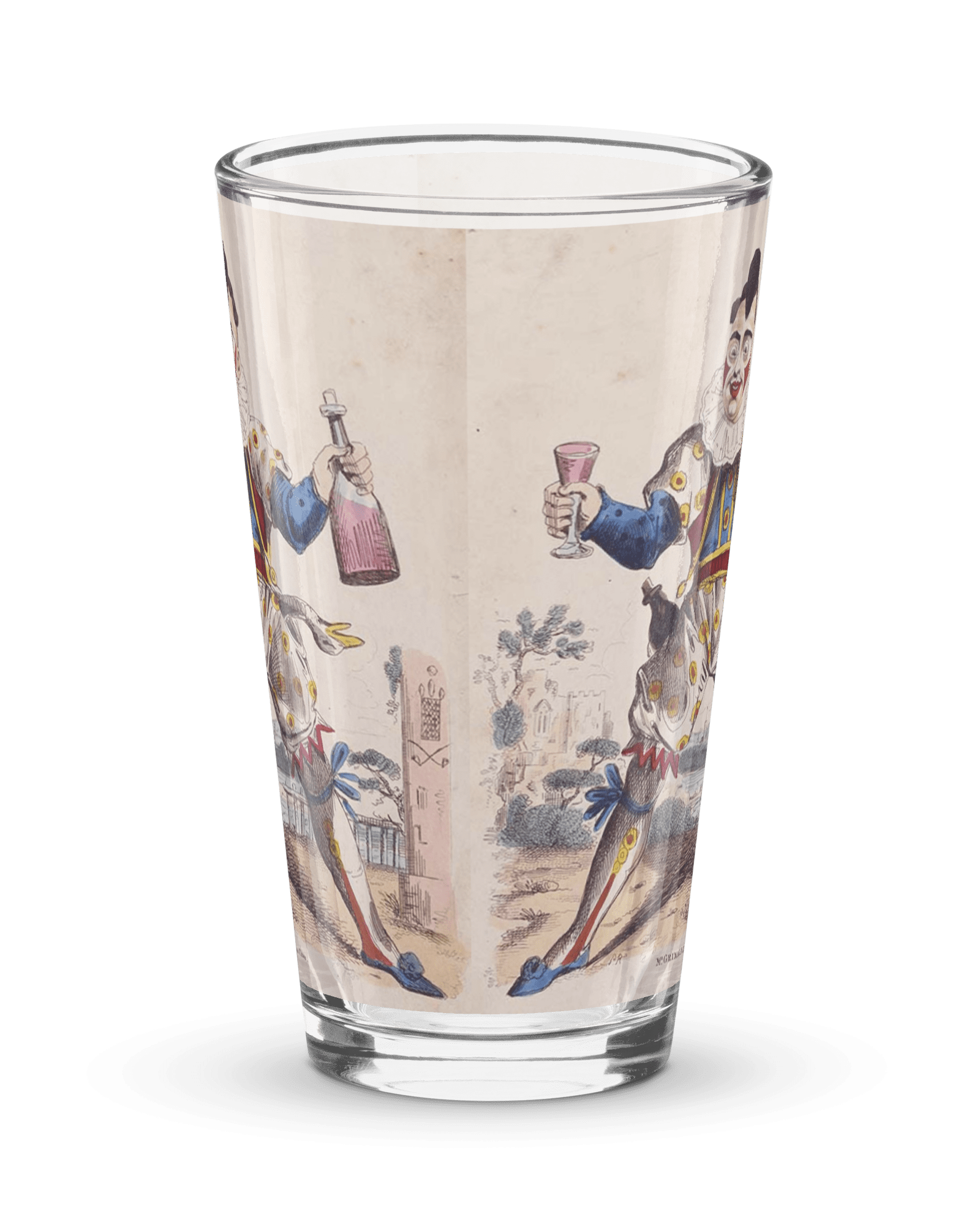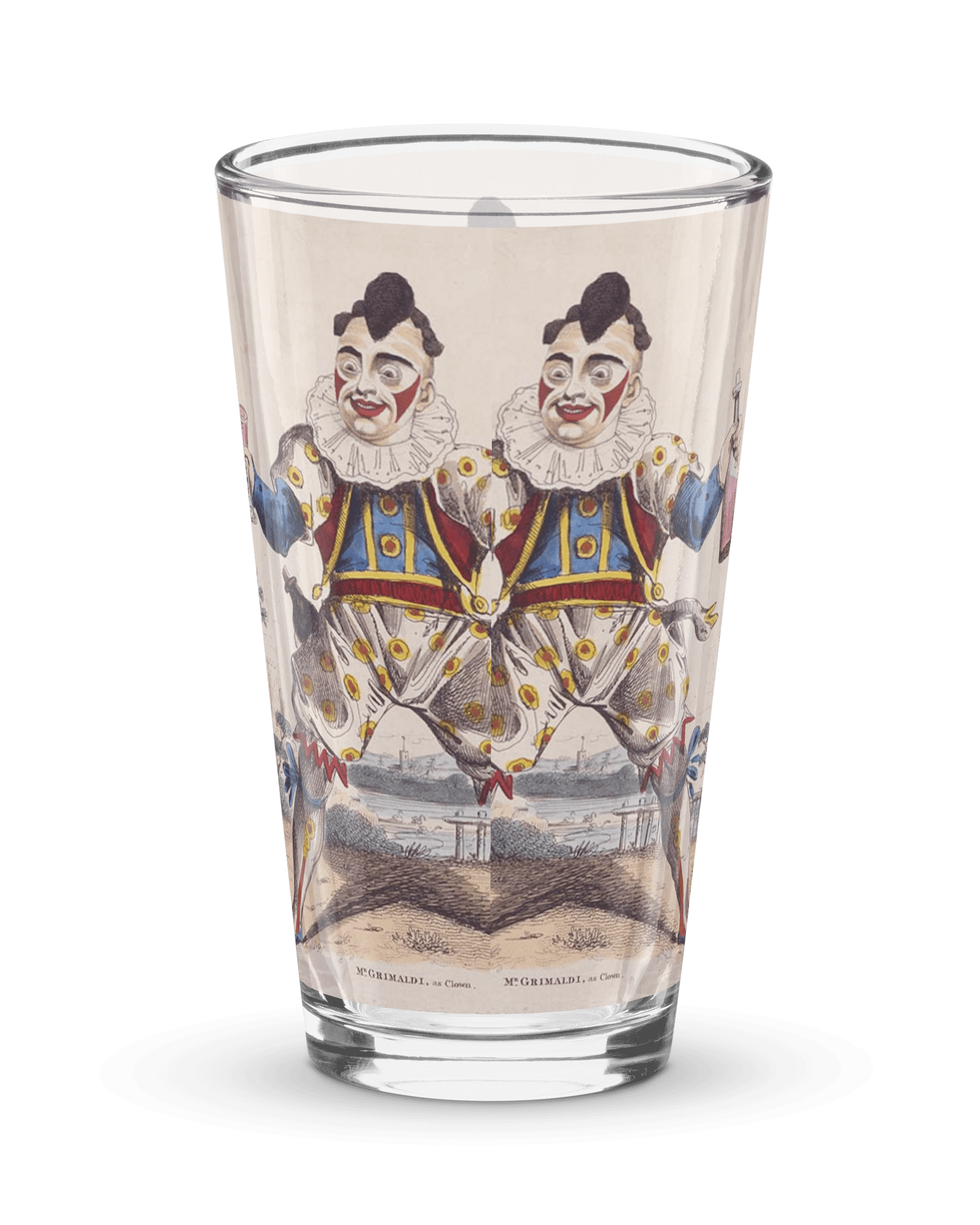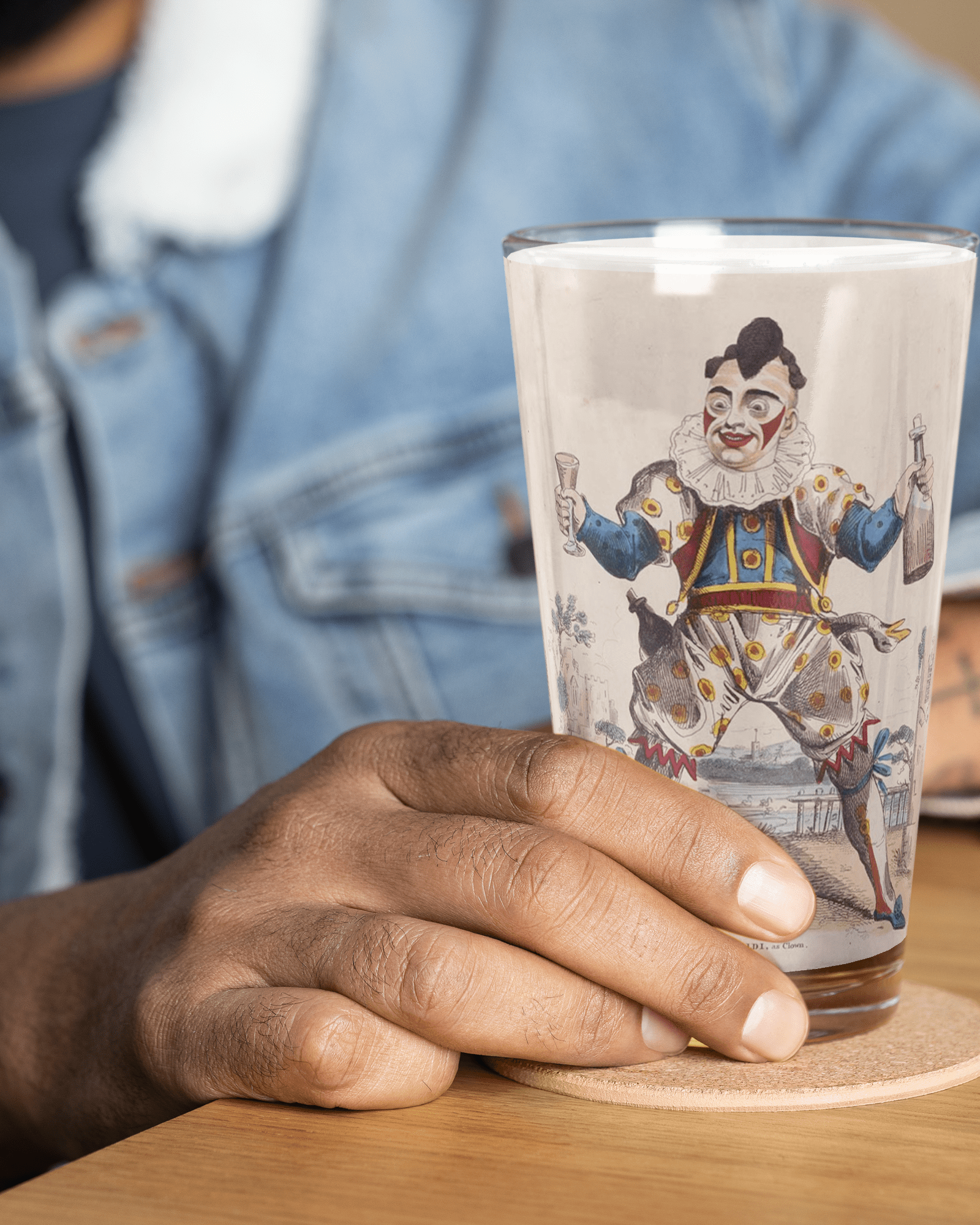Ah, the iconic British Racing Green colour, a rich and vibrant shade of green that has come to be associated with high-performance British sports cars.
Where did this colour come from and what is it exactly? Let's take a look!
Believe it or not, there is no solitary shade of green that we can definitively identify as British Racing Green. But when certain shades of green—similar to Brunswick green, hunter green, forest green or moss green—are painted on sports cars and other objects, we can say they are British Racing Green.
During the early days of motorsport, each country had its own designated racing colour.
For Britain, that colour was green, a nod to the lush rolling hills of the... Irish countryside???
The origins of British Racing Green can indeed be traced back to 1903 and the Gordon Bennett Cup, held in Ireland—which was then still part of the UK!
In a show of respect, British cars brought to the race were painted green. Thus began a tradition, which continued after Ireland left the UK.
The use of green on sports cars really took off in the 1950s and 1960s, when British sports car manufacturers such as Jaguar, Austin-Healey and Triumph became renowned for their stylish and high-performing vehicles, which were often painted in a distinctive 'British Racing Green' hue.
Today, British Racing Green remains a symbol of the golden age of British motorsport, and is still used by many high-performance car manufacturers, including Aston Martin and Lotus. It's a colour that evokes feelings of speed, style, and a touch of old-world elegance.
So there you have it—a brief history of British Racing Green, a colour that has become synonymous with the best of British engineering and design. Whether you're a fan of classic sports cars or just appreciate a good-looking paint job, there's no denying the appeal of this iconic green hue.
For a bit of fun, you can shop our store by colour. Simply type the name of a colour in the search bar, and see the result.
For example, here's green.






